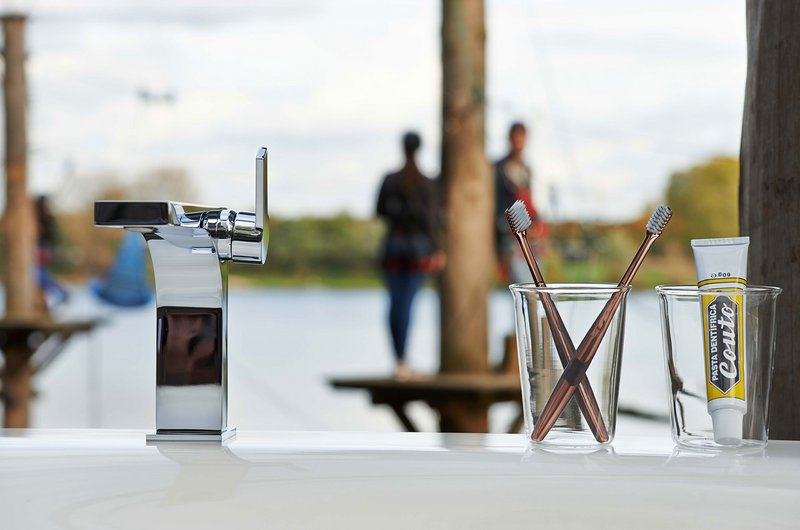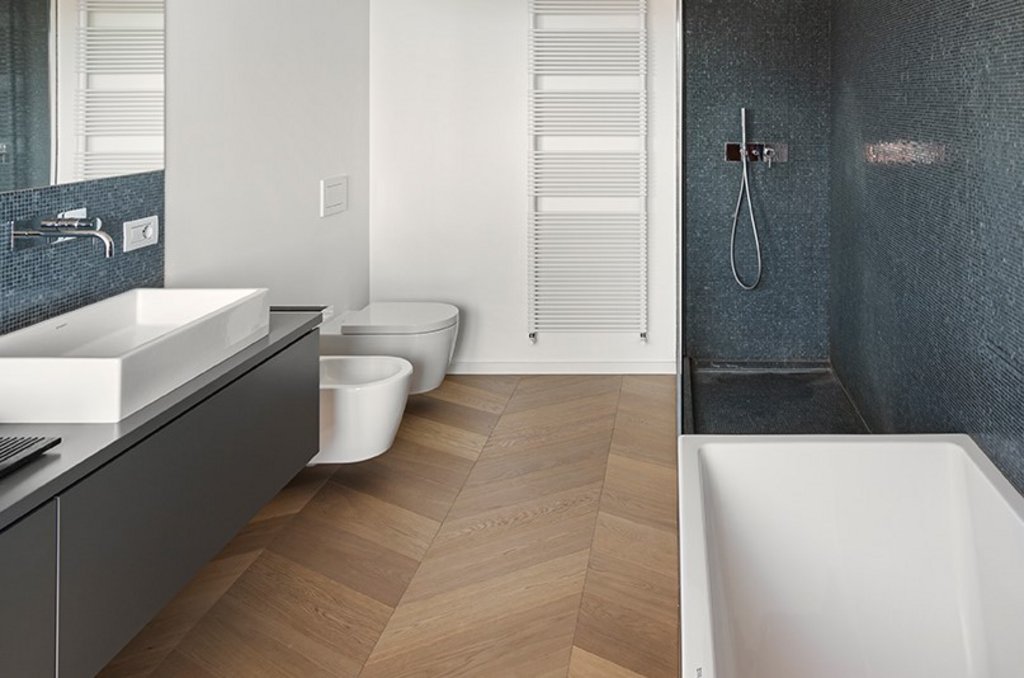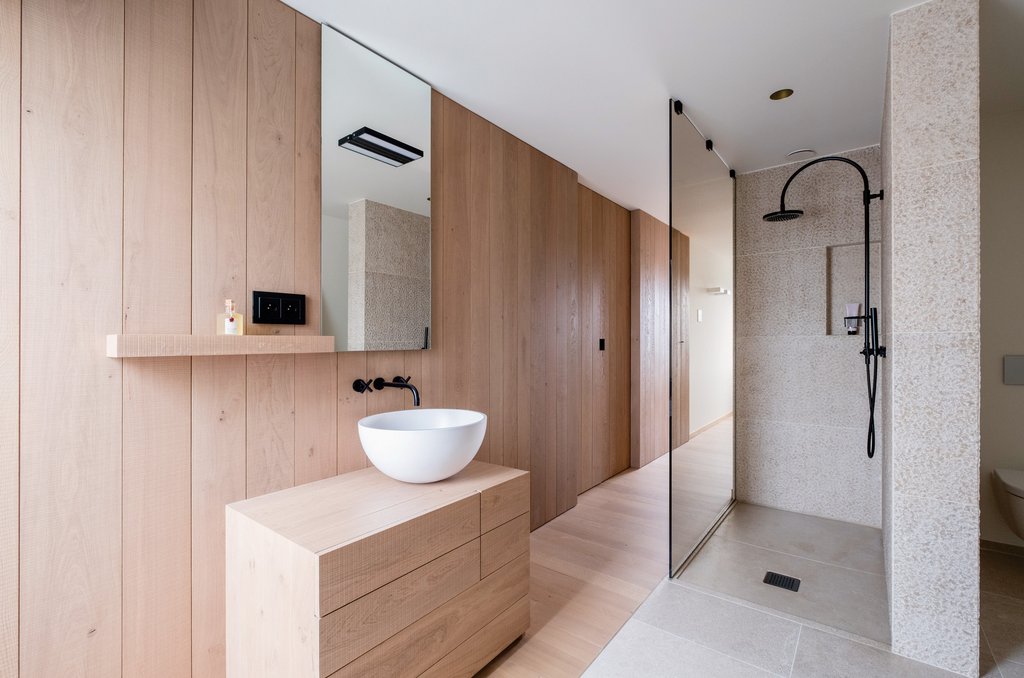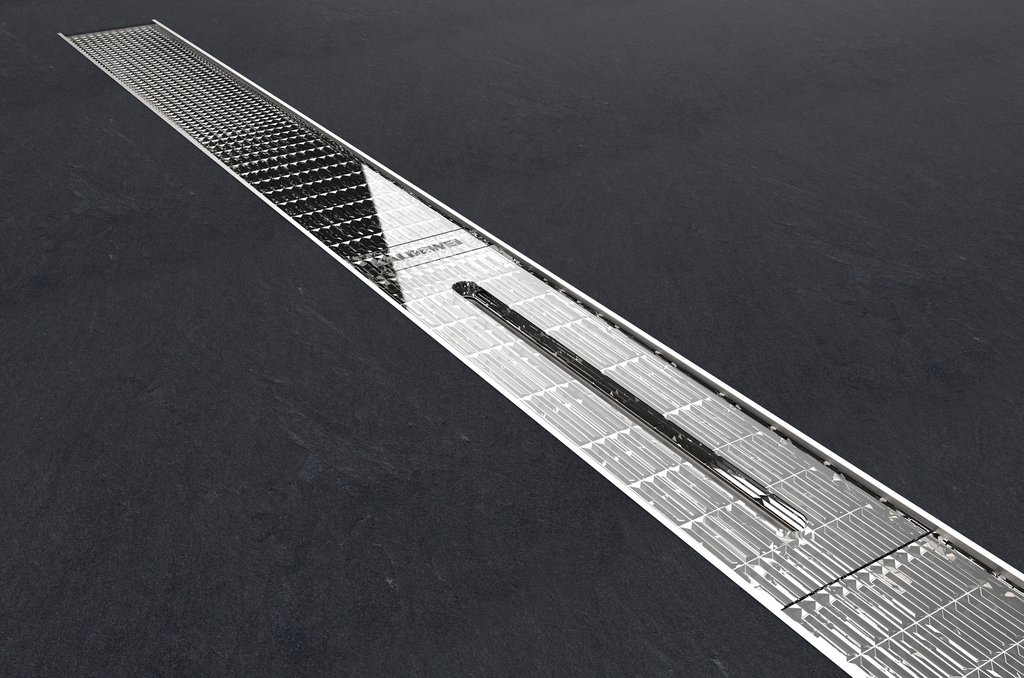Perfectly Normal! Bathrooms for elderly people eliminate barriers of all kinds.
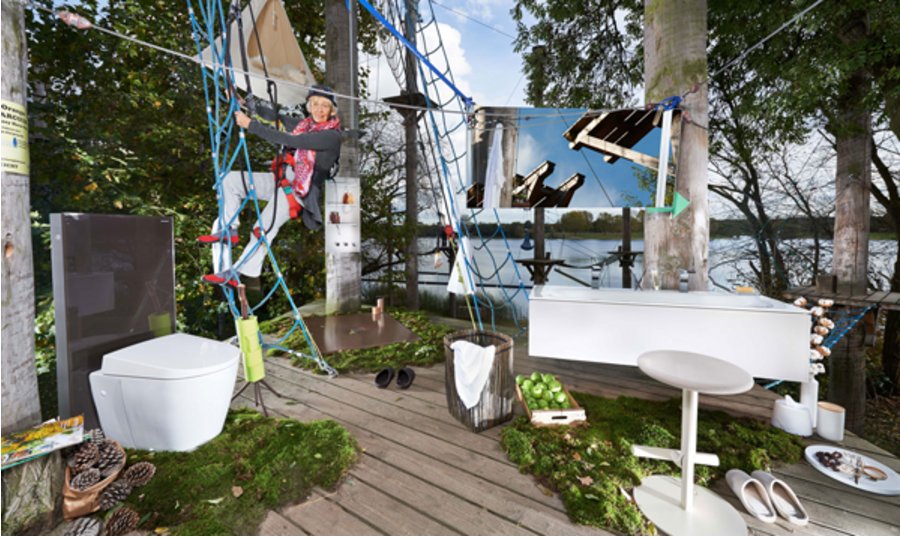
Let’s be honest: barrier-free bathrooms don’t exactly have a sexy image. Most people associate them with a small, “disabled-friendly” tiled room dominated by grab rails, a minimalist ambience and the dubious charm of hospital furniture. However, it looks as if this image is about to undergo some fundamental changes over the next few years.
For one thing, not even bathrooms that conform to the standardised definition of “barrier-free” have to look anywhere near as austere as they did just a few years ago. Because there’s much more to barrier-free accessibility than the specifications laid out in the relevant standards. It starts with an open, spacious design that can be adapted to lots of different individual interests and makes allowances for future care situations with level access showers and modern features like sensor-controlled fittings systems or programmable water settings. But the future is set to be even more convenient, comfortable and lifestyle-friendly – as will be apparent at the coming ISH. Because in a future where 50-year-olds represent a society’s average age, living in an attractive home and aging independently should certainly no longer be regarded as mutually exclusive.
“Our goal shouldn’t just be to make barrier-free bathrooms more attractive and functional,” argues Jens J. Wischmann, Managing Director of the German Sanitary Industry Association, “but to design them as ‘normal’ bathrooms. In an inclusive society, the distinction between ‘normal’ and ‘barrier-free’ will become less pronounced anyway. And working towards that goal is no longer a question of aesthetics and the performance principle – it’s a question of our society’s survival,” says Wischmann.
With the current campaign from its experimental trend platform Pop up my Bathroom, the VDS aims to put the idea of a lifestage- friendly bathroom up for discussion and thus dust off the image of barrier-free accessibility in the minds of designers, manufacturers, bathroom planners and consumers. And in view of the latest forecasts on demographic change in Germany, bathroom design for the elderly is certainly a topic that deserves special attention.
The data indicates that demographic change in Germany will be even more dramatic than previously thought. In November 2014, one current database led Prof. Dr. Eckart Bomsdorf of the University of Cologne’s Institute of Econometrics and Statistics to publish the prognosis that the number of gainfully employed Germans will drop from 50 million today to 36 million by 2060 – by which time every second German will be at least 51 years old. There will also be more very elderly people aged 90 or older – around 3.3 million of them as compared to the current figure of 650,000.
At the same time, there will also be more people in need of care. Germany’s Federal Statistical Office anticipates a figure of 3.4 million by 2030. Since the majority of care recipients are looked after at home, a safe and convenient bathroom plays a crucial role in this context too.
Germany’s sanitary industry is already rising to the challenge of adapting the bathroom to future requirements: besides its “Barrier-free Bathroom Campaign”, it is also participating in the development of intelligent bathrooms. Even today, the technical possibilities already exist for bathroom models in which the toilet automatically adapts to people of different sizes or the mirror display provides guidance for taking medication and ambient aids make life both easier and safer.
Besides basic requirements like freedom of movement and more space, there are various other aspects to generation-specific design that are helpful to all users, such as atmospheric lighting, a sensor-controlled nightlight, slip-resistant surfaces, level-access showers and seating for resting and chilling. The bathroom doesn’t just help us cope with the day, it helps us cope with our entire lives – a complex function that turns the design of this space into a highly challenging assignment.
Bathroom planners and tradespeople play an indispensable role As a result, ambitious tradespeople and professional bathroom planners are playing an increasingly important role as well. Because an adaptable bathroom that permits both individual zones and barrier-free elements calls for a great deal of professional advice. “We want to use imaginative scenarios like Pop up my Bathroom, as well as experiments and collaborations with the trades, industry, architecture and research, to develop a life-stage-friendly bathroom,” says Jens J. Wischmann, summing up one of the key challenges the sanitary industry will face in future. “We aim to make it a recipe for success in changing societies.”
The complete text you will find here.
Interesting lectures and a panel discussions about this topic are given by the by the lecture schedule "Pop up my Bathroom Atelier" on Tuesday, 10.3.2015 at the ISH in Frankfurt/Main.
